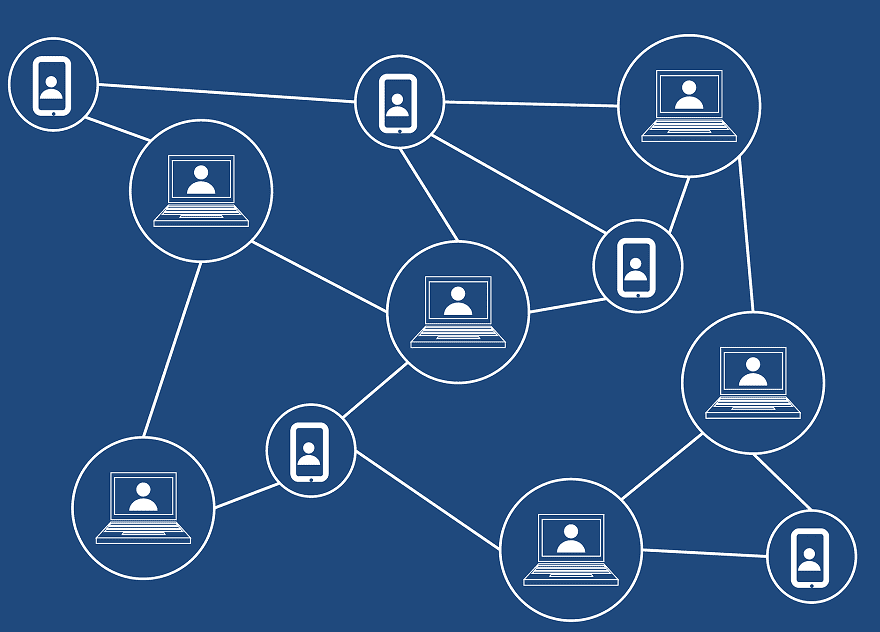
You can’t have a global economy without cross-border payments.
And as the world gets more connected, the onus is increasingly falling on cross-border payments, which have traditionally been friction-filled and complex, to step up their game and perform better.
“Traditional cross-border payments still have a lot of issues with transparency and cost. To get the experience to a 10, it should be — at least from a user experience (UX) perspective — like using Venmo: you find the recipient, you pick a currency to send to them, and they instantly have those funds,” Sheraz Shere, GM payments and commerce at Solana Foundation, told PYMNTS. “That’s the north star for consumer use cases.”
However, today’s cross-border reality is anything but a 10.
Shere said on the consumer side, he’d rate available options at a “two or three,” adding that navigating the complexities of these transactions — from high fees and long settlement times to the convoluted networks of correspondent banks — has remained a significant challenge.
That’s where blockchain and stablecoin solutions — rather than the broader and often controversial term “crypto” — can play a compelling role.
Read more: Solana Foundation Goes All In on Blockchain as a Mainstream Payments Rail
Blockchain, Stablecoins, Cross-Border Payments
“Blockchain solutions and stablecoins, I don’t like to use the term crypto because this is more about FinTech, they’ve found product-market-fit in cross-border payments,” Shere said, adding that one of the most notable advantages of blockchain technology is disintermediation — removing the need for the multiple hops through correspondent banks, which typically slow down and increase the cost of transactions.
In contrast, blockchain-based transactions offer speed, transparency, and low cost, with blockchain platforms like Solana charging a fraction of a penny per transaction.
Stablecoins, particularly those backed by trusted issuers like Circle and PayPal, Shere said, further simplify cross-border payments by pegging their value to fiat currencies like the U.S. dollar. This not only removes the volatility often associated with cryptocurrencies but also introduces a competitive environment for foreign exchange (FX), with stablecoin swaps enabling more favorable rates than traditional banking channels.
For businesses expanding internationally, the question arises: should they rely on traditional financial rails or explore blockchain-based alternatives?
According to Shere, the answer lies in evaluating the options based on cost, speed and transparency, rather than focusing on the underlying technology. Blockchain and stablecoin solutions are gaining traction, with Web3 companies building infrastructure that integrates both traditional financial systems and blockchain technology. Shere pointed out that legitimate and trusted stablecoin issuers have addressed concerns around transparency and regulation, making stablecoins a viable option for businesses wary of crypto-related risks.
“You get the disintermediation, you get the speed, you get the transparency, you get extremely low cost,” he said. “It pops out as a value proposition for particularly strong use cases, like payouts.”
However, Shere said, many businesses have grown accustomed to the existing system’s inefficiencies, tolerating long settlement times and unfavorable FX rates. But as blockchain technology becomes more integrated into financial systems, these pain points will gradually be alleviated.
Future of Web3 in Payments
Interestingly, as Shere highlighted, Solana’s own user base tends to favor smaller transactions, signaling increased adoption among smaller businesses and retail users — especially for use cases like remittances and contractor payouts.
When considering the future impact of blockchain technologies on cross-border payments, Shere singled out speed as the most transformative factor. Unlike traditional systems, where payments may take days to clear, blockchain allows for instant settlement and instant custody. Shere said sending stablecoins like USDC or PayPal’s PYUSD can take under a second to settle, providing businesses with immediate access to their funds.
While speed is the immediate benefit, Shere also sees potential for greater innovation in the areas of cost reduction, enhanced privacy and even new forms of asset management, such as tokenized real-world assets. As more businesses and consumers experience the advantages of blockchain-based payments, the industry is poised for a significant shift toward these technologies.
Another significant consideration for businesses is custody solutions. Many enterprises may feel unsure about how to securely manage their digital assets. Shere said there are a wide variety of custodial options available, from self-custody to enterprise-level custodial providers that offer robust security features like multi-signature protocols. For those concerned about privacy, innovations like confidential transfers on the Solana blockchain can mask the amount on transactions, providing an extra layer of discretion for businesses.
“The technology is there. It is trivially easy to do these things with speed and scalability,” he said. “The early stage’s low-hanging fruit is simple cross-border transfers.”
